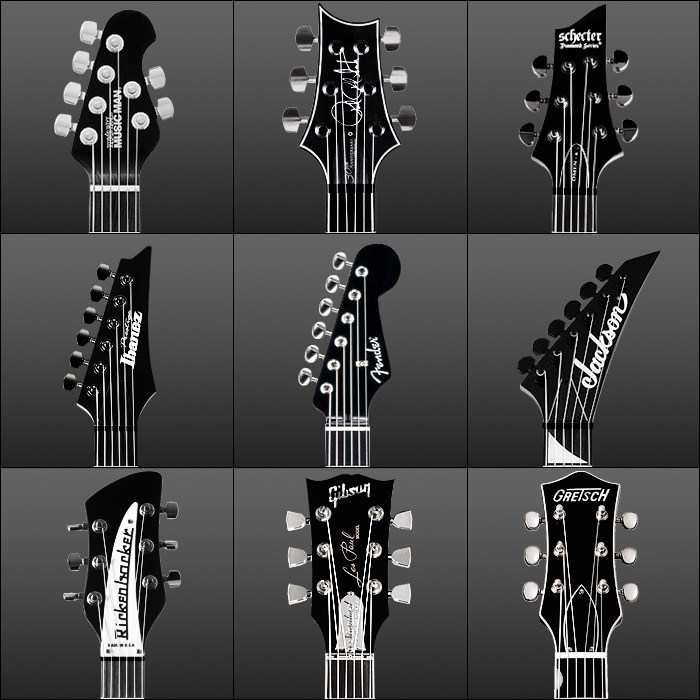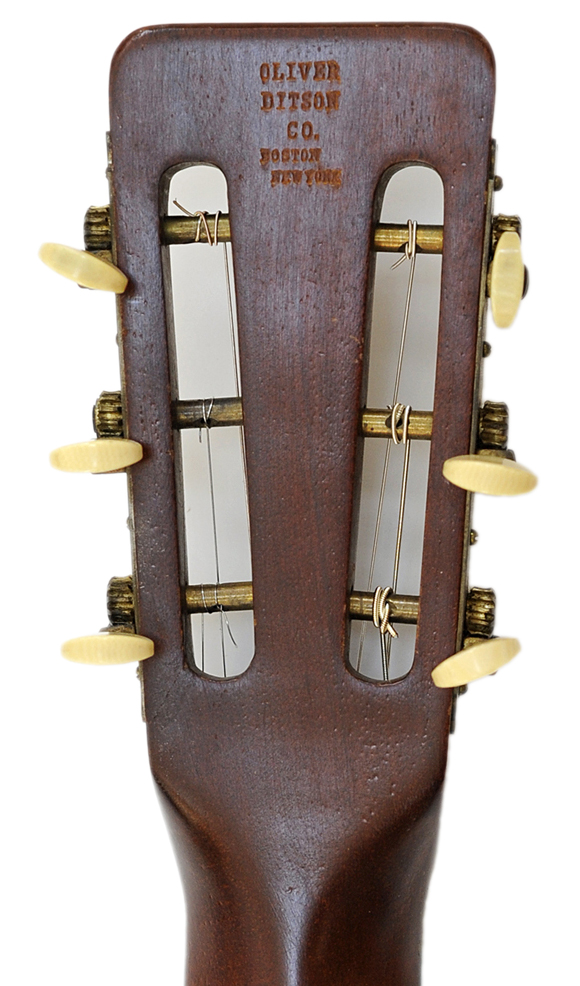
The heavier the gauge, the more physical effort is required to press/fret the strings on the fretboard, but the meatier the tone! If you hear someone refer to using "10's", they will likely mean a set of strings of which the skinniest string is. 010 inch gauge high E string on my electric. I'm sure you know what these are! Strings come in different gauges (thickness) and materials - steel for electric, steel, brass or bronze for acoustic and nylon for classical acoustic. Simply where each end of the strap attaches to the guitar, usually one at the base of the body, the other at the top of the body near the neck or even on the neck itself. There are three main headstock configurations for acoustic and electric guitars. To tune the strings up or down you turn the tuning pegs. On a standard six string guitar their are six tuning machines that provide the mechanism to tune each string. This is where we tune the guitar and where one end of the string gets attached to the guitar. Let's take a more in depth look at the individual parts of the guitar (acoustic and electric) from head to "tail". Individual Parts Of The Guitar - Detailed Breakdown

Guitars can have one or two cutaways and acoustic guitars can also have them (typically electro-acoustics). These allow you to reach the higher frets without obstruction from the body. The electric guitar (on the right) pictured above has what are called cutaways in its design - scoops where the neck meets the body.


The neck is where you hold the guitar in your left hand (if you're right handed) or your right hand (if you're left handed).The head or headstock is where you tune the guitar.


 0 kommentar(er)
0 kommentar(er)
